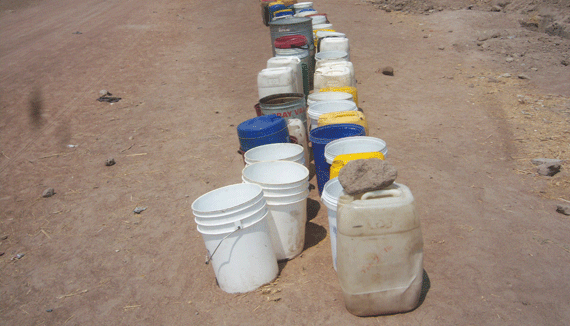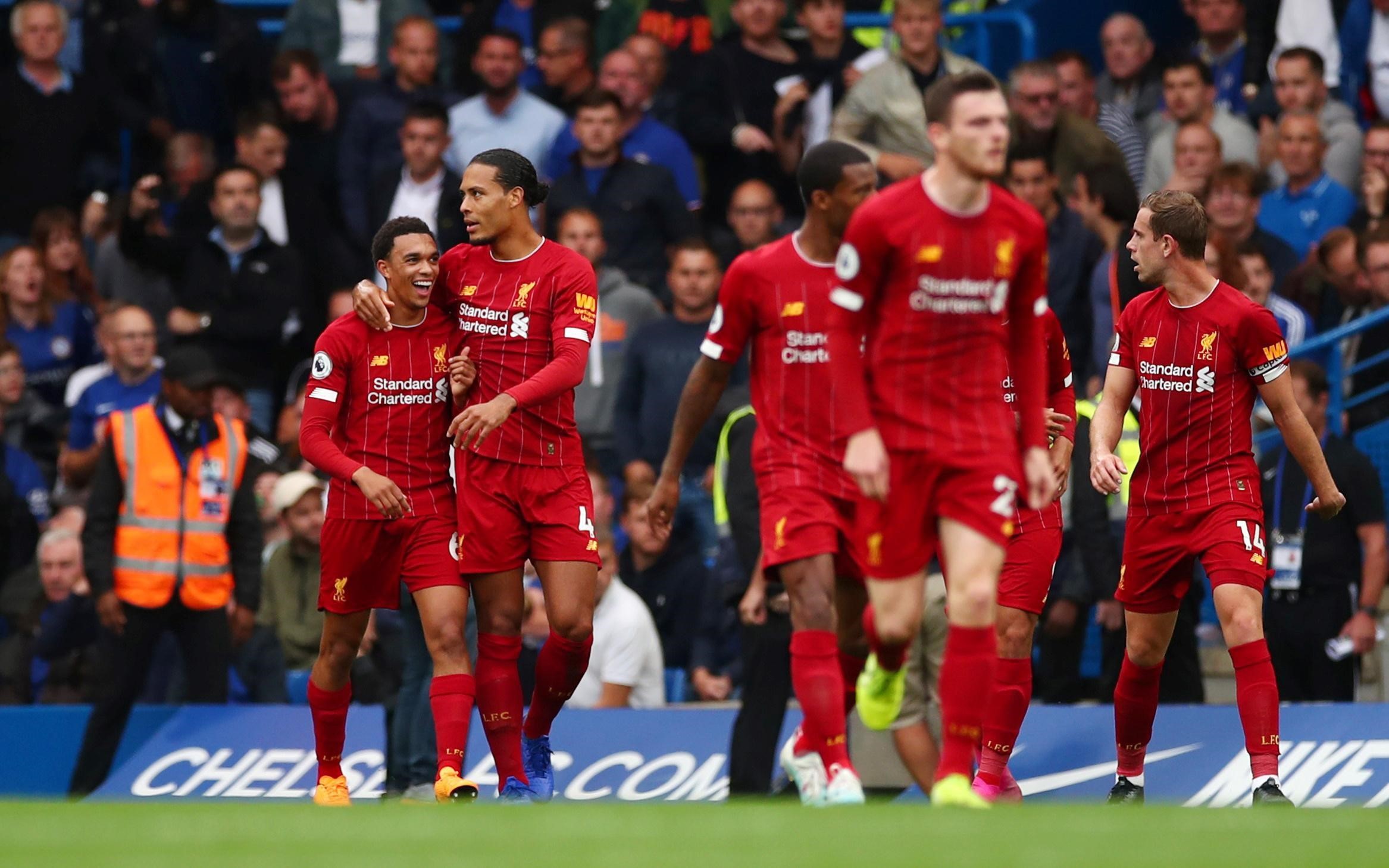
THE NATIONAL soccer team, the Warriors, have given the country something of a pick-me-up in the last few weeks.
What a welcome relief this is to both the national sport and its multitudes of supporters as well as, of course, national mentor Ian Gorowa and the players themselves.
Since losing in the Cosafa Cup final to Zambia in July, the Warriors have been gone through a pleasing streak, during which they exacted revenge on our neighbours Zambia by beating the latter 1-0 over two legs to qualify for next year’s African Nations Championship (Chan) finals in South Africa.
The Warriors held their own in a 1-1 draw with Mozambique in the final Group G Africa Zone 2014 World Cup qualifying match and beat South Africa 2-1 in a friendly in Johannesburg last Tuesday night.
The icing on this cake is the news that the Warriors have gone up 15 places on the Fifa world rankings, rising from 116th position to 101st while at the same time getting into the top 30 on the continent where Zimbabwe are now ranked 27th.
This is surely sweet music to the ears and a timely boost given the Chan finals are only three or so months away and the qualifying matches for the 2015 Afcon finals start next year.
The Chan finals and the need to reach the Afcon 2015 finals present coach Ian Gorowa with a huge juggling challenge in that while players for Chan must all be playing in the domestic league those eligible for Afcon include players plying their trade outside the country’s borders, but Gorowa can only have so much of practice matches in which he needs to consider players for both Chan and Afcon assignments.
In this respect it was clear from the composition of the team that won against South Africa that Gorowa had Afcon qualification uppermost in his mind when he selected the squad while hitherto he had focused on the Chan finals.
- Chamisa under fire over US$120K donation
- Mavhunga puts DeMbare into Chibuku quarterfinals
- Pension funds bet on Cabora Bassa oilfields
- Councils defy govt fire tender directive
Keep Reading
Well done Gorowa! You certainly appear to have a clear vision of what you want to achieve, although it is still early times.
It is unfortunate that after the draw against Mozambique there were some voices, from the dark wilderness most likely, saying they were aggrieved as they wanted the Warriors to win given they were playing at home.
It must be appreciated that Gorowa, until the Chan finals next January and the start of the Afcon qualifiers, should experiment with various players and combinations without paying much heed to results so that come the real deals he can choose the right players that bring back trophies.
After all it is success at these international tournaments that lead to an improvement in both world and continental rankings.
And talking of rankings, it is important to always try to keep going up the ladder, but this calls for an examination of the supply chain of players and, consequently, of the league systems in the country.
In this regard the proposed re-introduction of national Division One league is welcome indeed and it is the players that clubs in this league hire that has aroused my interest.
A look at the ages of players in most of the current regional Division One clubs, as the teams that will constitute the national Division One next year will be drawn from the current regional leagues and those relegated from the Premier Soccer League (PSL), shows that quite a large number of players are aged above 25 years.
It is always a surprise, maybe only to me, why a Division One club should have most of its players older than 25 years when there is an abundance of players aged 23 years and below in the country. When a club, especially in Division One, engages mostly Under-23 players the club certainly has a future and is developmental in its orientation.
The advantages that come with such players are many, but among these is the resale value of such players, both to local and foreign suitors. In fact, with this in mind, clubs which want to remain sustainable should honestly engage Under-21s mostly and very few above 21 and none above 25.
The selling of players also guarantees a club a stream of revenue which can be tapped each and every year, thus reducing the financial problems that most clubs in both the PSL and other divisions face every year.
In the absence of a serious reserve league in the PSL, it is absolutely necessary that there be a grooming league for young players, a league that gives them realistic competition and inculcates in them the correct football knowledge and behaviour and Division One is in our circumstances the best for such an idea.
The current practice of players that have failed to make the grade in the PSL or are tired and towards the end of their careers dropping into Division One clubs is not beneficial to both the country and the individual clubs concerned.
It was, therefore, wonderful to have a Hghlanders Under-19 side in Division One and pretty unfortunate that due to financial constraints this folded up.
The under-21 strategy will also ensure that the national team has a steady and seamless supply of players who will come to their peak, at around 25 to 30 years, when already in the national team and thus give the country quite some long service, thus sustaining high rankings of the national team.
This obviously calls for a long-term planning horizon on the part of the clubs and their owners and/or executive committees and the biggest challenge in this respect is finance.
Our football will progress in a sustained and continual upward rise with such a strategy. Short-term success, especially at club level, forces a lot of clubs to engage players near the end of their careers but this does not give them a decent return, especially in terms of selling such players to other clubs









